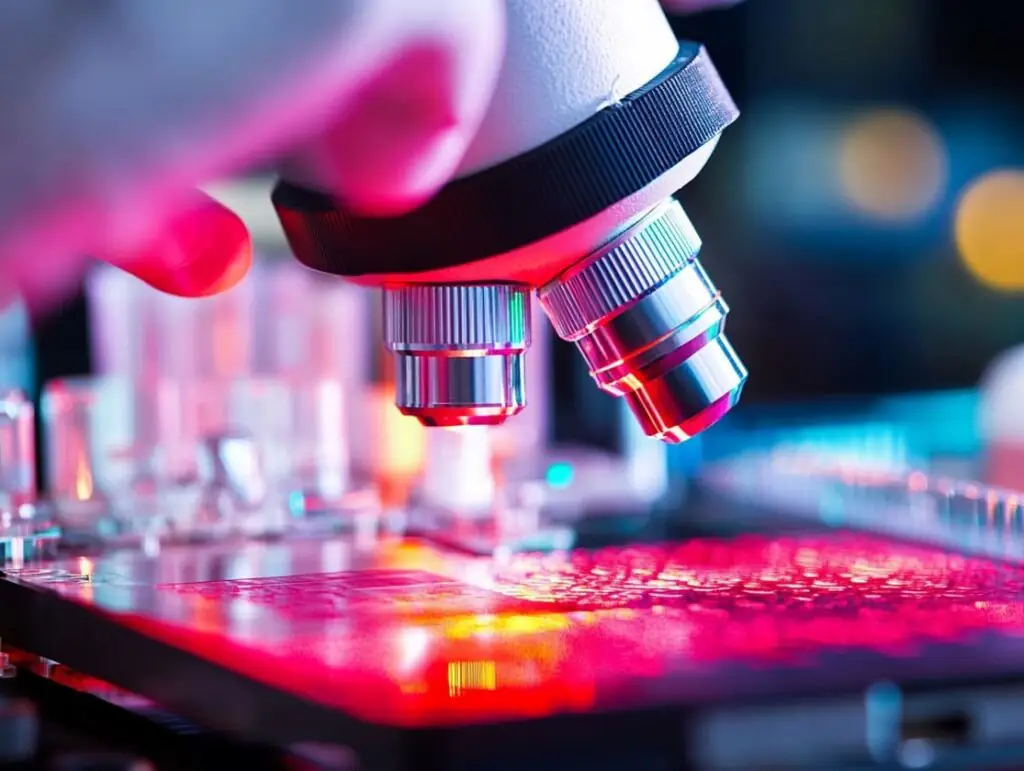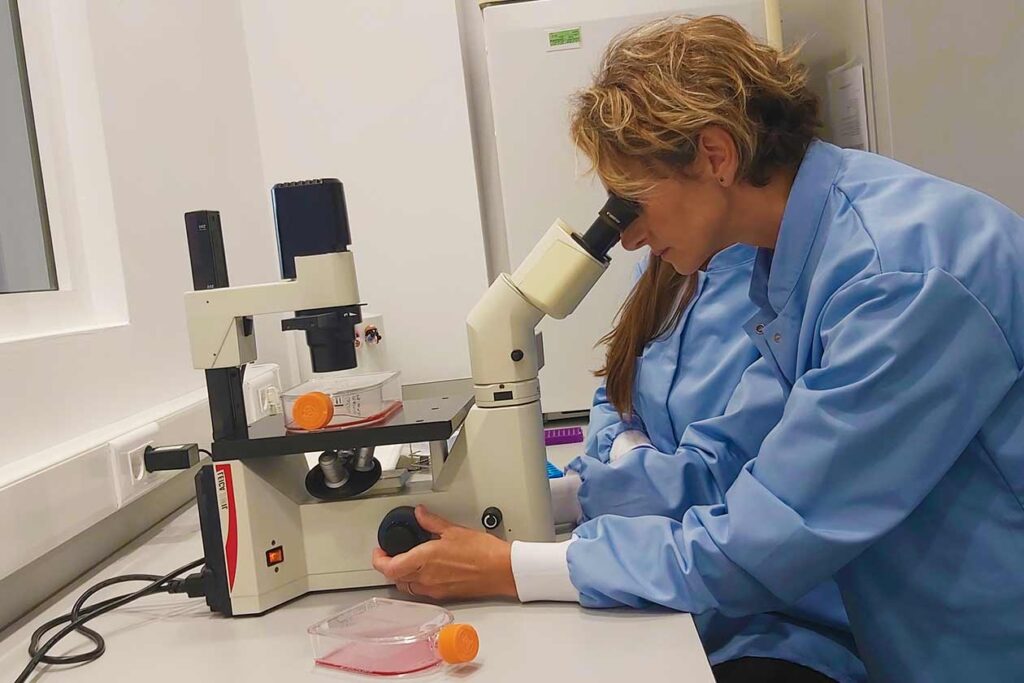Did you know we can study human organs inside microchips? This innovative field, known as organ-on a chip technology, is transforming how we investigate the human body’s response to chemicals, food ingredients, drugs and cosmetics. These microfluidic devices—about the size of a USB stick—realistically simulate the physiological functions of human organs (intestine, liver, skin) using living cell cultures.
Organs-on a chip technology: potential and applications
A liver-on-a-chip that reveals drug metabolism without human testing; a brain-on-a-chip to screen neurotherapeutics without exposing patients; or a kidney-on-a-chip that reproduces filtration, reabsorption and excretion to refine renal toxicity assessment. These examples highlight how organ-on a chip technology provides advanced, human-relevant models for biomedical research.
Beyond medicine, organ-on a chip technology is also emerging as a powerful platform to evaluate the safety, efficacy and functionality of compounds across industrial sectors. By precisely mimicking human organ functions, it enables more predictive, animal-free studies.
Food applications: bioaccessibility, metabolism and microbiota
In food science, intestine-on-a-chip models simulate the digestive process and the absorption of nutrients or functional ingredients along the gastrointestinal tract. This is key to:
- Studying bioavailability of bioactives (polyphenols, probiotics, vitamins, peptides).
- Analysing interactions with the intestinal microbiota under dynamic, controlled conditions.
- Evaluating potential inflammatory or immunomodulatory effects of novel ingredients.
Built on dynamic in vitro methodologies aligned with organ-on a chip technology, these systems replicate essential GI functions, providing high reproducibility and physiological fidelity—ideal for validating functional foods, nutraceuticals and innovative supplements.

Cosmetic applications: sustainability, dermal safety and active-ingredient efficacy
In cosmetics, organ-on a chip technology offers a breakthrough to assess dermal toxicity, efficacy of active ingredients, and their interaction with human skin—without animal testing.
Skin-on-a-chip models reproduce key skin layers and functions (epidermal barrier, local immune response, vascularisation), enabling:
- Assessment of skin irritation/sensitisation in new formulas.
- Studies on transdermal penetration and behaviour of nanomaterials or encapsulated actives.
- Real-time efficacy readouts for antioxidants, peptides or UV filters under simulated physiological conditions.
These approaches align with ethical, sustainable R&D and European regulatory expectations.
Pharmaceutical applications: faster development and personalised medicine
Organ-on a chip technology is reshaping drug R&D. Microfluidic systems simulate complex human physiology—circulation, hepatic metabolism, blood–brain barrier—in controlled, reproducible environments, enabling teams to:
- Evaluate pharmacokinetics/pharmacodynamics early.
- Study hepatic, renal and cardiac toxicity with greater human relevance than animal models.
- Test efficacy in simulated disease states (e.g., fatty liver, inflamed intestine).
- Advance personalised medicine using patient-derived cells to anticipate individual responses.
The result: accelerated timelines, lower costs and improved human predictivity, boosting clinical success rates.
Alongside organ-on a chip technology, in vitro bioaccessibility and bioavailability assays are driving safer, more efficient innovation aligned with regulations and consumer expectations—shaping a new era of sustainable, science-based R&D in food, cosmetics and pharmaceuticals.





